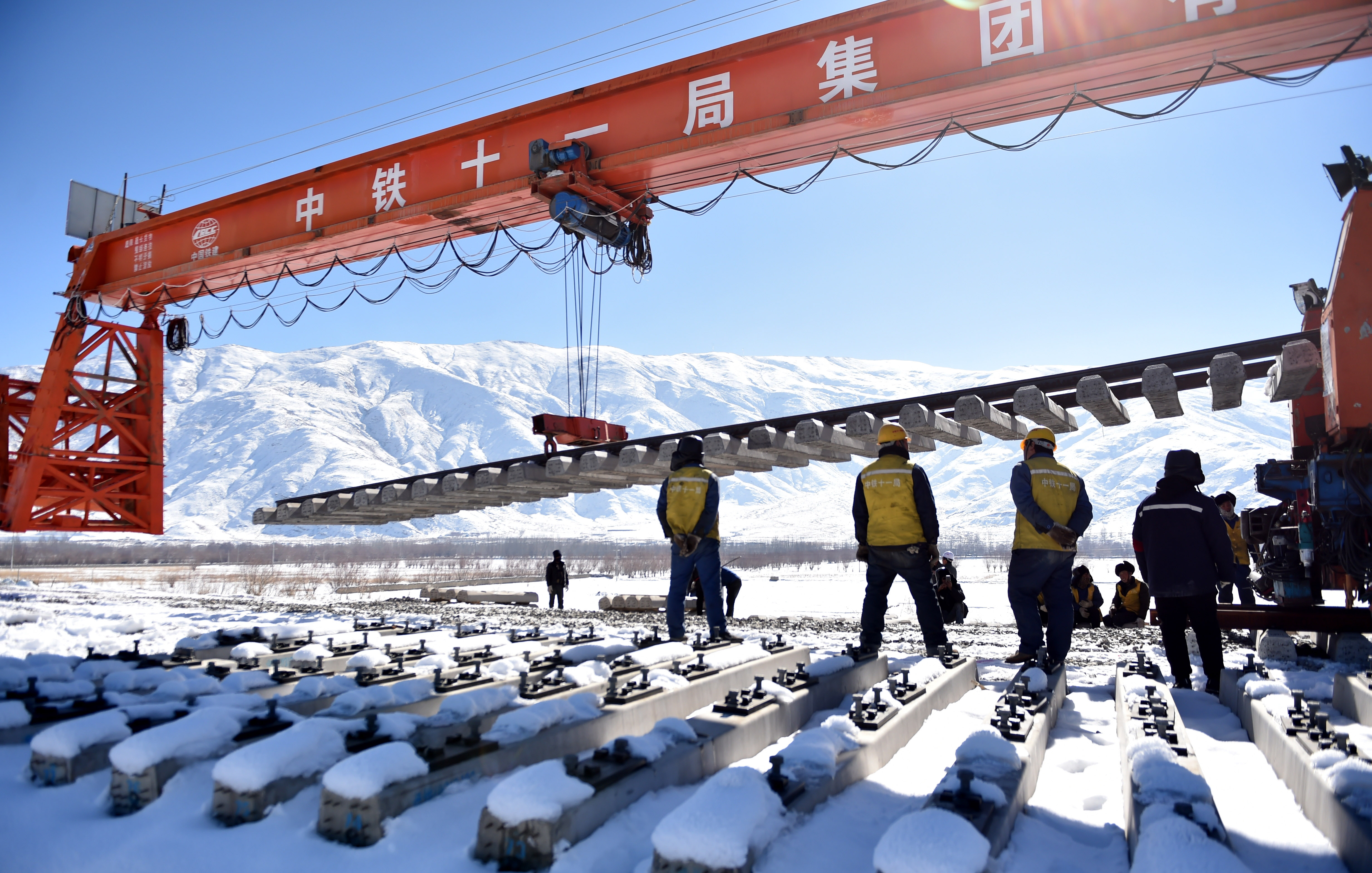(TibetanReview.net, Mar22’21) – China is to begin construction of the costliest and the most strategic two sections in the middle part of its Sichuan-Tibet Railway project by the end of this month, reported the country’s official media.
Public bidding was recently completed on the sections linking Ya’an and Xinduqiao (Tibetan: Mi-nyag Rangakha) in Sichuan, and Bomi (Pome or Poyul) and Nyingchi (Nyingtri) in Tibet Autonomous Region (TAR), reported China’s official chinadaily.com.cn Mar 22.
Seven bidders beat out 30 others to secure work on the projects, the report cited China State Railway Group as saying.
The report said the Sichuan section will be 186 km long and the one in TAR 151 km.
The report cited President Xi Jinping as having said in Nov 2020 that work on the Sichuan-Tibet railway was proving extremely challenging due to complex geological and climate conditions, as well as the sensitive environment in the regions.
China is proceeding with the project despite such difficulties and the enormous cost mainly because of its immense multi-dimensional strategic values.
The report cited the group as saying preparatory work was underway for construction of the line between Xinduqiao and Bomi -including the establishment of roads and electrical systems and the implementation of environmental protection measures. The report said the section will be ready for construction to start in the fourth quarter of this year.
The report noted that the 1,838-km Sichuan-Tibet railway was divided into three parts: (1) The Chengdu-Ya’an sectionvin China which opened in Dec 2018. (2) The Lhasa-Nyingchi section in Tibet whose construction started in 2015 and will open this year. (3) The Ya’an and Nyingchi section between China and Tibet which is the most challenging section in the middle of the railway and is made up of the Ya’an-Xinduqiao (between China and Tibet) and Bomi-Nyingchi (in Tibet) sections.
The report said that with a designed speed of 120 to 200 km per hour, the 1,011-km Ya’an-Nyingchi section passes through the Sichuan Basin, the Yunnan-Guizhou Plateau and the Tibetan Plateau, climbing from 600 meters above sea level to nearly 4,500 meters.
Lu Chunfang, an academician of the Chinese Academy of Engineering and the general director of the Qinghai-Tibet Railway, has said the project is the “most challenging railway construction project in human history” because of the complicated geological conditions. He has added that more than 90% of the line consists of bridges or tunnels.
The report said China was yet to set a timeline for its completion.






